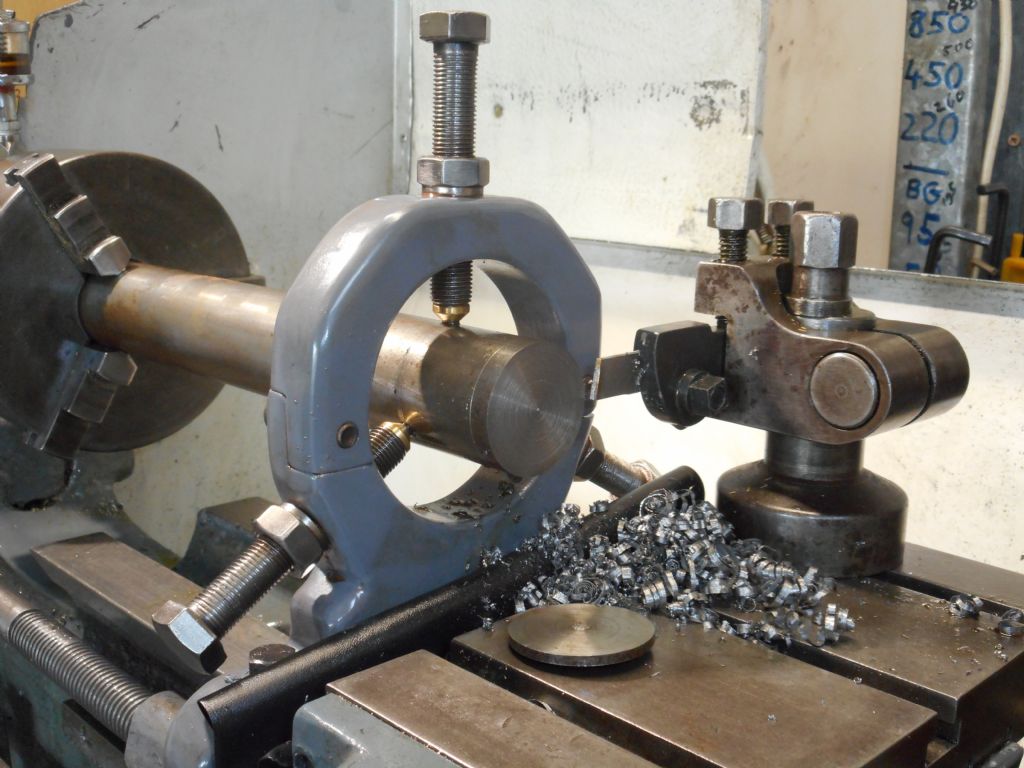What lathe you should buy will depend on what you want to make. You are unlikely to be able to skim big brake discs on a Peatol, good as they are.
By the same token, you would not make watch parts on a 21" Dean Smith and Grace!
What ever you buy, get a machine that is a bit larger than you first think. Your horizons will expand, as you gain experience and confidence..
You will soon find that a lot of "Basket cases" can be reclaimed using parts made on the lathe!
FWIW
My first lathe was a pre owned (Don't know by how many! ) Myford ML7.
By the time that I sold it it had acquired : a few extra 20T gears and a 127T gear, Long Cross Slide and resettable Micrometer dials on Top and Cross Slide, as well as a new Countershaft and Bushes.
Why did I sell it?
FED UP with the 2MT headstocki bore, meaning that anything larger than 1/2" could not pass through, so continually chopping off short larger diameter pieces with resulting wasted material.
Using a Rodney milling attachment on it showed up a lack of rigidity. Maybe I was being over zealous?
Replaced it, when I retired, with an Engineers ToolRoom BL12 – 24. This is a Warco BH600G, or Chester Craftsmanj lookalike. It has a Norton gearbox, and a 120/127T Idler so changing from Metric to Imperial screwcutting is easy. The 5MT Headstock bore, with 5 – 3MT step down sleeve copes with my needs.
These will swing a maximum of 12", or 18" if the gap is removed.
Having power feeds for both facing and sliding is a boon..
Normally a 1.5 hp or 2 hp single phase motor would be fitted, providing 12 speeds with back gear, but I opted for a 1.5 hp three phase motor fed from a VFD, leaving six variable speed ranges..
It came with 3 jaw and 4 jaw chucks, Faceplate, fixed and travelling Steadies, and a halogen work light..
At the time, the BH600 could be ordered in either Imperial or Metric form. The Chester Craftsman was Metric only, (although I believe that some Imperial ones were sold ) and the BL12 – 24 is dual dialled.
These belt driven machines have been superceded by Gear Head machine, although some can be less versatile than their predecessors. Read the specification, if you can find it!
It has served me well for nearly 20 years, and is unlikely to be sold during my lifetime.
There is probably no machine that is ABSOLUTELY ideal for all purposes, but some are better than others.
Screw fitting chucks, unless retained (By "dogs" on the BH600, Crafftsman and BL12-24 ) can make reverse running fraught, (If not dangerous should a chuck unscrew! ) It is not impossible, but needs a great deal of care.
Some older machines may be very capable, but the drawback can be obtaining spares, Chuck backplates, or things like changewheels, if any are missing or damaged.
In extremis, Backplates can be made, possibly on the actual machine. Gears can be cut, if you have a Mill and Dividing Head or Rotary Table, or know some one who has.
You pays your money and makes your choice.
Make allowance in the budget for suitable tooling, (Including Taps and Dies and Tap Wrenches and Die Holders )and measuring equipment..
If buying secondhand, and you are not confident, take some one along who is familiar with machines, when you look at a machine.
This is a very good reason to find and join a local Model Engineering Society.
DON'T be taken in by an old machine in shiny paint! A dirty machine in good condition may be a better buy than a shiny clapped out wreck!
HTH
Howar5d
Tim Stevens.





